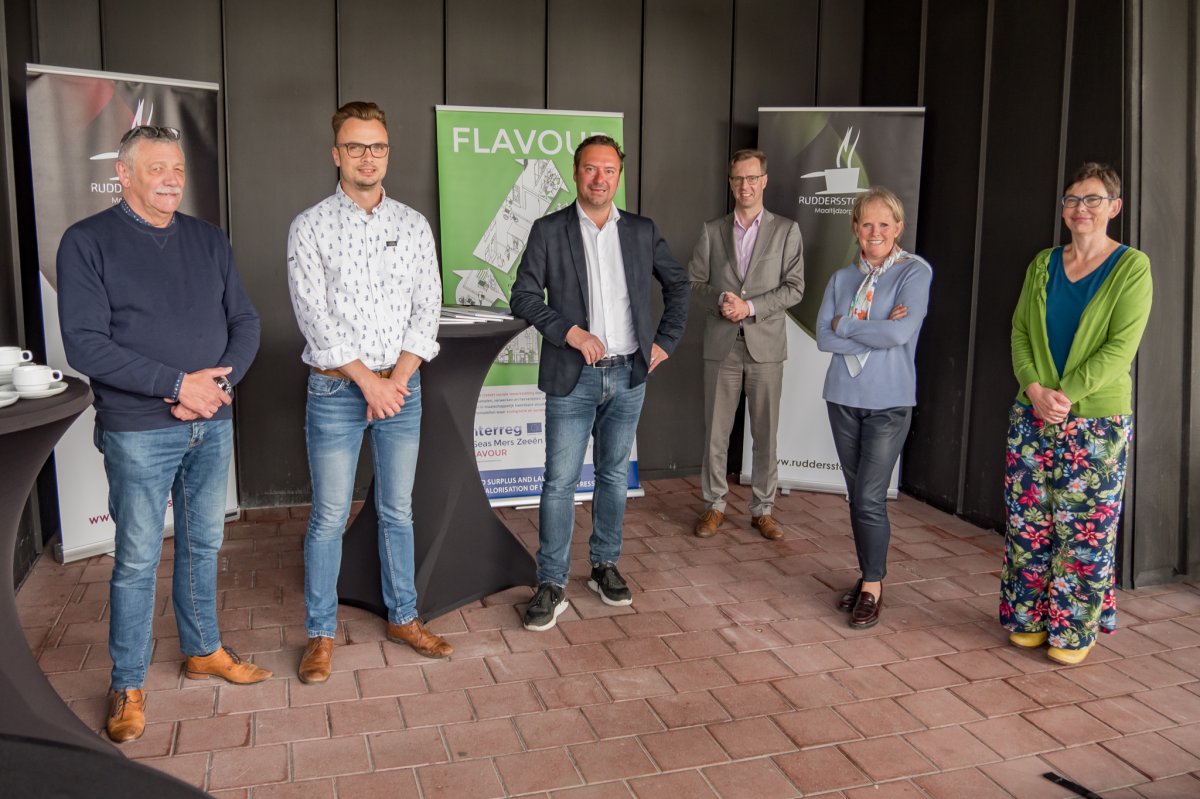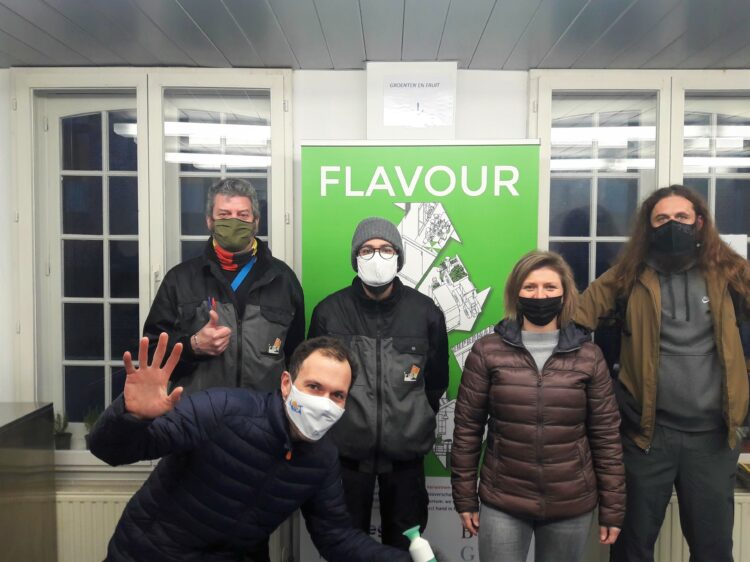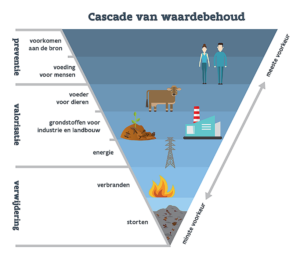17 February 2021
Using public procurement to fight food waste

Ruddersstove – the meal provider run by the Public Centre for
Social Welfare in Bruges – is attempting to reduce food waste. When it
awards its food contracts to suppliers, it asks them to donate surplus
food to social organisations, which then distribute and process the
food. The decision to include this element in the contracts is in line
with the European FLAVOUR project and the UN’s widely supported
Sustainable Development Goals..
The
city of Bruges is a partner in the FLAVOUR project. It launched a
distribution platform for the collection and redistribution of food
surpluses in June 2020.
Ruddersstove, the meal provider run by the Public Centre for Social
Welfare in Bruges, joined the FLAVOUR distribution platform in Bruges to
increase its social impact. In a subsequent phase, Ruddersstove
committed itself to incorporating the SDGs into its criteria for
awarding contracts.

Ruddersstove prepares around 2,000 high-quality meals every day for the
seven Mintus residential care centres, twelve Mintus neighbourhood and
service centres, five childcare centres run by De Blauwe Lelie and the
meals-on-wheels service in the Bruges, Oostkamp, Jabbeke, Zedelgem and
Blankenberge area.
Ingredients are purchased by means of public
procurement.
These contracts are awarded on the basis of criteria such
as price and quality. From now on, Ruddersstove is committed to
including SDG12.3 among its criteria. This is intended as a way to
repurpose surpluses at food companies that supply to Ruddersstove. The
aim is also for some of this food to go to organisations that are
members of the FLAVOUR distribution platform in Bruges.
[1] The
SDGs, or Sustainable Development Goals, were defined by the United
Nations in 2015. Food waste was explicitly included in these goals, as
SDG 12.3: “By 2030, halve per capita global food waste at the retail and
consumer levels and reduce food losses along production and supply
chains, including

Content of tender specifications
Content and intention of the criterion
The Bruges Public Centre
for Social Welfare endorses SDG 12.3: “By 2030, halve per capita global
food waste at the retail and consumer levels and reduce food losses
along production and supply chains, including post-harvest losses.
”Consequently,
the reduction of food waste is a very important element in fulfilling
this contract. Food waste should be reduced as much as possible at every
link in the chain: from production to distribution to catering
facilities.
We use the term ‘food waste’ when food is not used for
human consumption. The top priority is to prevent this. The cascade of
value retention shows the desired priority of the way such food is used.
The higher on the cascade, the higher the value retention:
Elements to include in the tender
1.
The tenderer shall include in its tender a description of the measures
they will take to achieve maximum value retention, according to the
cascade of value retention.
2. Since the donation of food surpluses
for social purposes is the second-highest option in the hierarchy of
value retention, the tenderer shall attach a completed Annex C to these
specifications in which they indicate their willingness to make such
donations and the frequency at which this will happen.
Evaluation criteria
The
tenderers’ contributions to achieving SDG 12.3 will be evaluated on the
basis of efforts that will be made to maximise the retention of value.
The
Bruges Public Centre for Social Welfare wishes to gain insight into the
way the tenderer makes use of the cascade of value retention to extract
value in their production process. It does so on the basis of the
following ranking:1. Prevention: preventing food waste
2. Use as food for humans: e.g. food banks
3. Conversion into food for humans: food processing, incorporation and reprocessing
4. Use in animal nutrition
5. Raw materials for industry
6. Turning into fertiliser by means of fermentation and/or composting
7. Use for renewable energy: the goal is to generate energy
8. Incineration as waste (without generating energy)
9. Landfill (prohibited in Flanders)
The
Annex C included with the specifications, in which the tenderer
indicates whether they are prepared to donate surplus food to a food
bank and to what extent, is taken into account. Donations to the Bruges
Distribution Platform will receive a higher score.
The contracting
body wishes to evaluate the tenderer’s efforts to deal with food
surpluses as a whole. The various aspects cannot be used to compensate
for each other.
A single score will be allocated for this criterion, with an explanation. A tenderer receiving a “very good” score will be allocated between 100% and 80% of the points; a tenderer receiving a “good” score will be allocated between 79% and 51% of the points; a tenderer receiving a “moderate” score will be allocated 50% of the points; a tenderer receiving a “weak” score will be allocated between 49% and 25% of the points and a tenderer receiving a “very weak” score will be allocated a maximum of 25% of the points.
